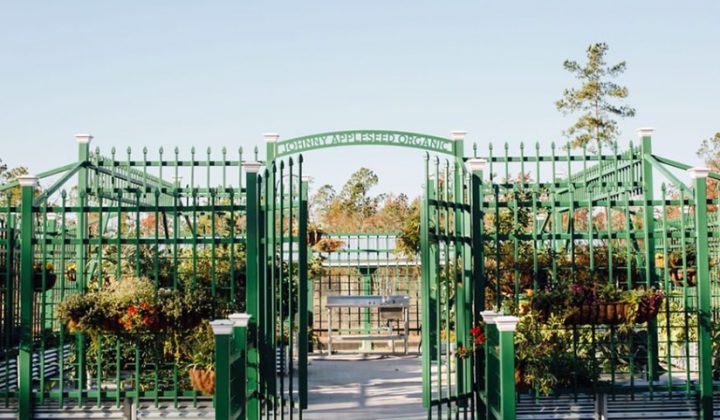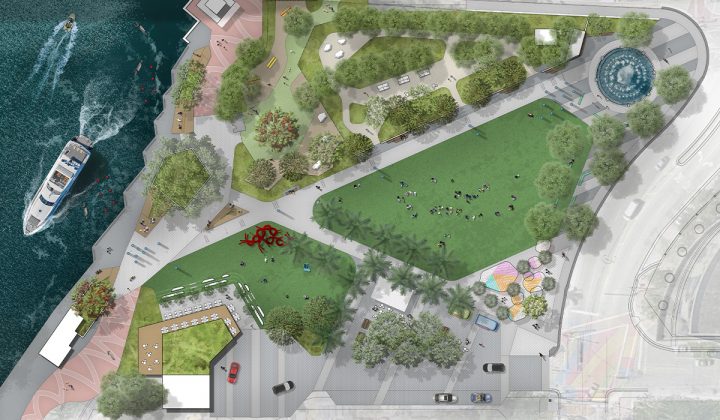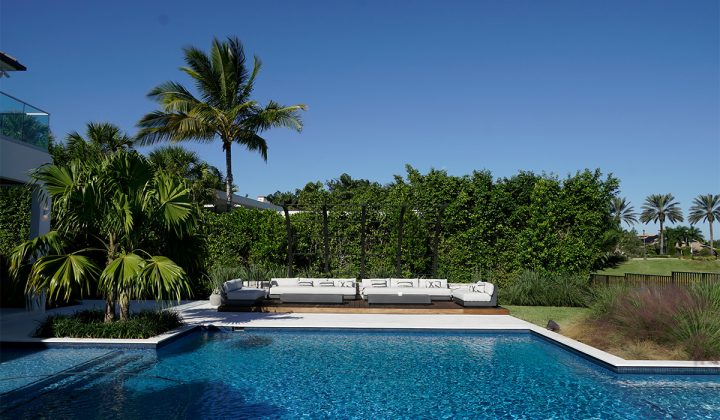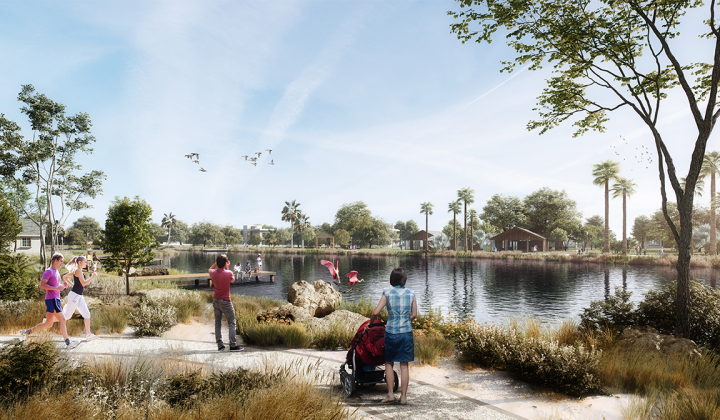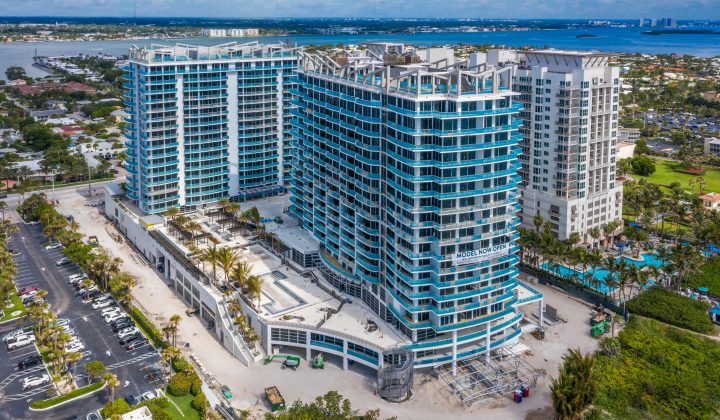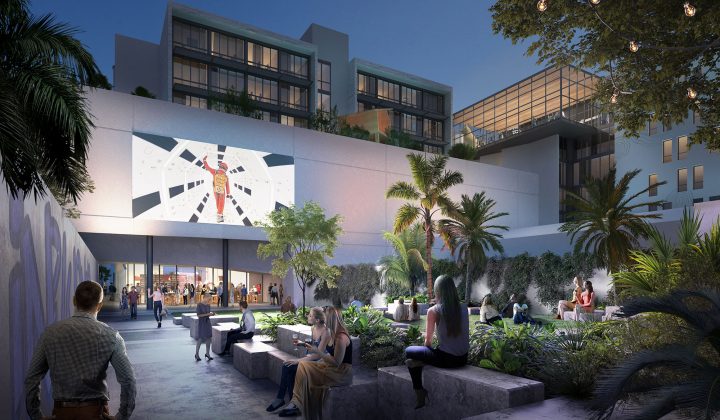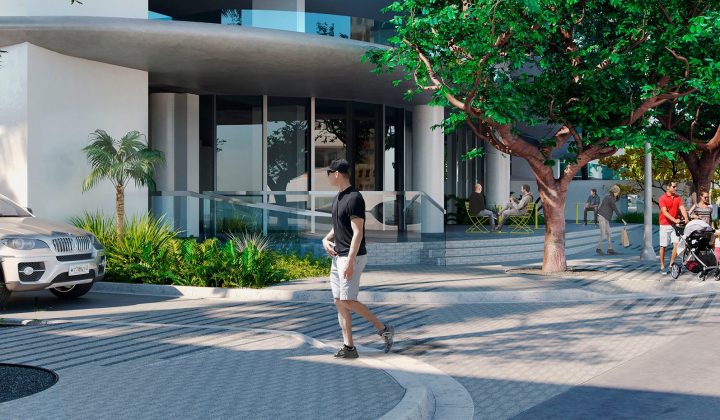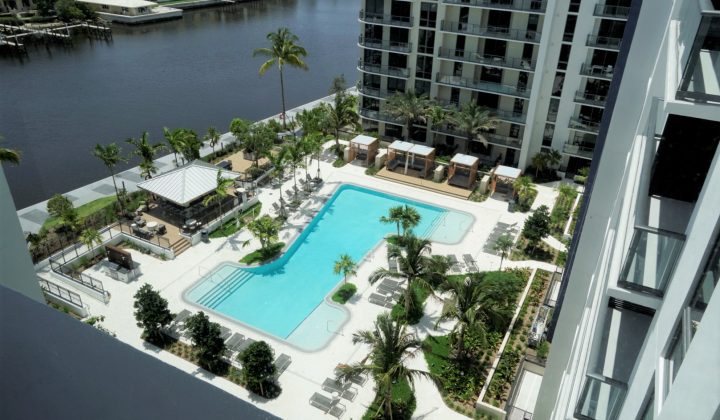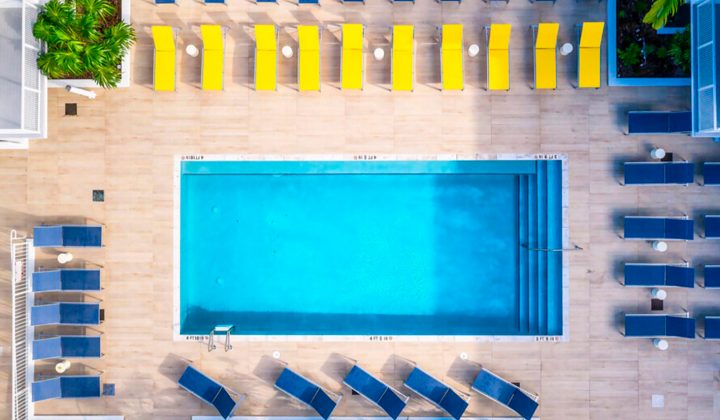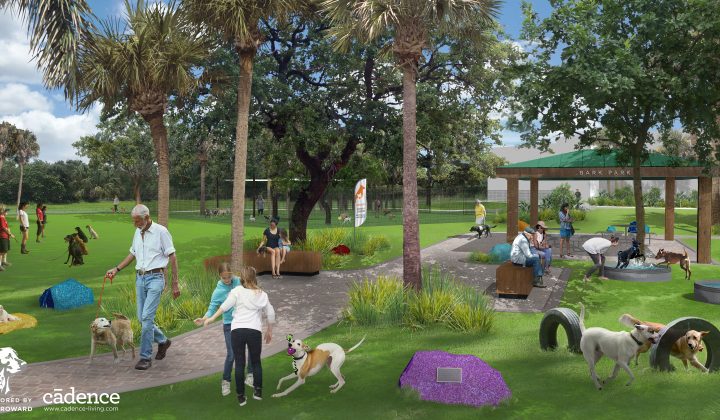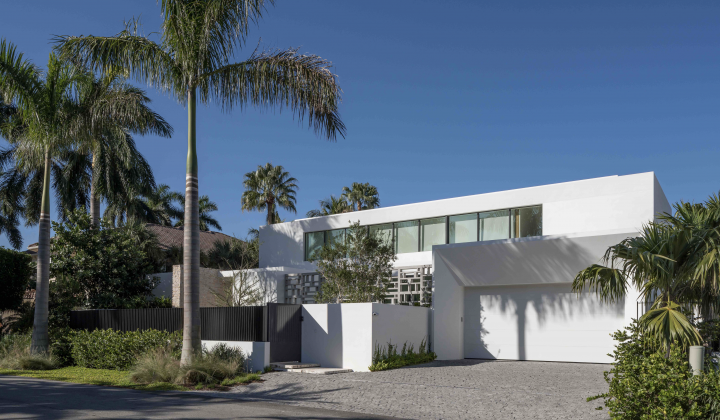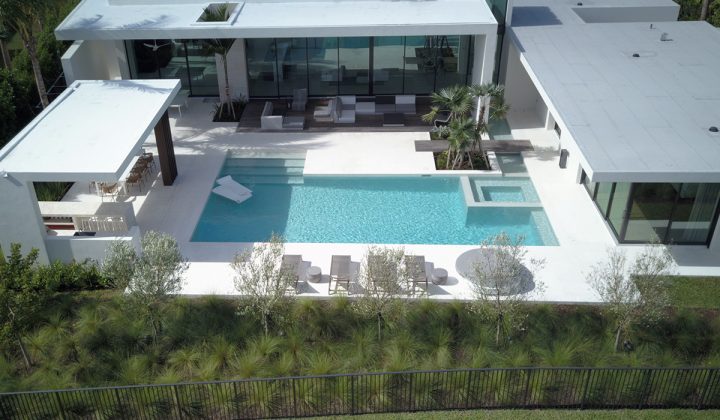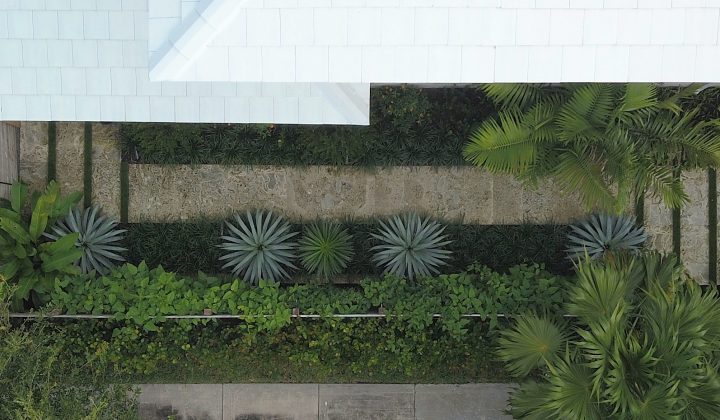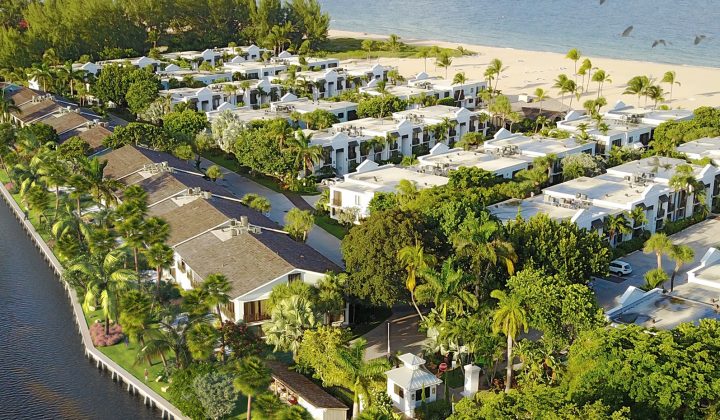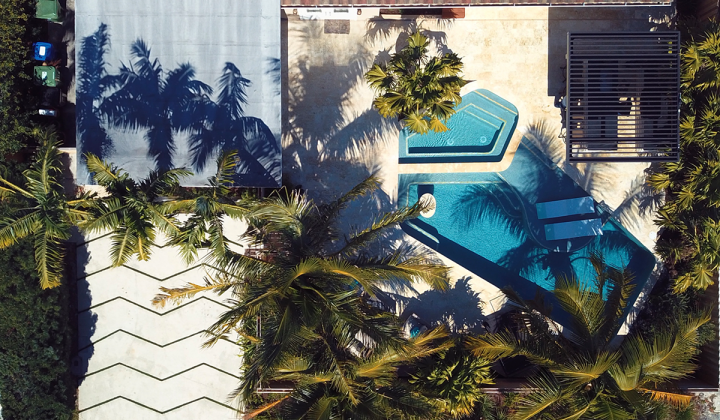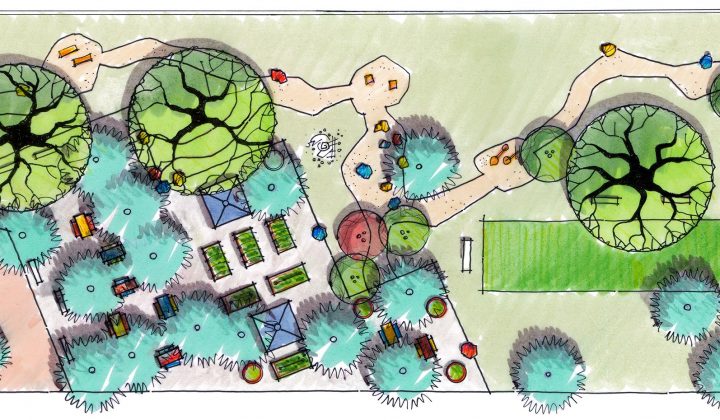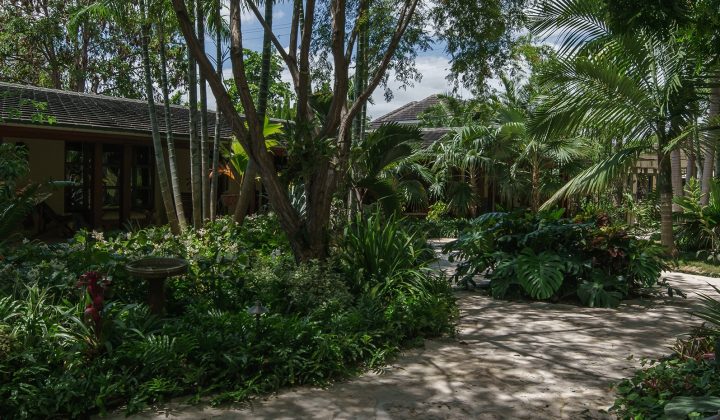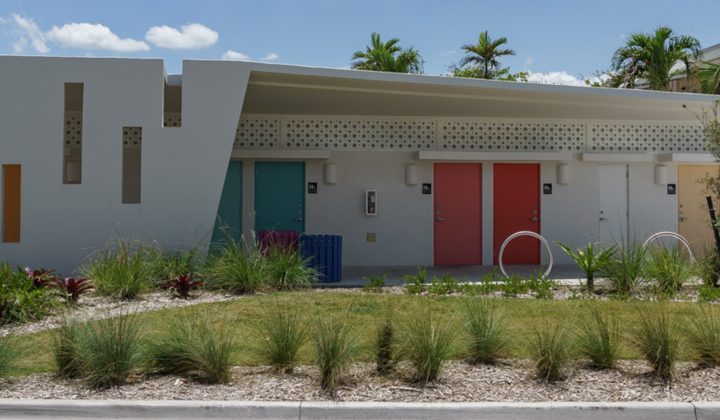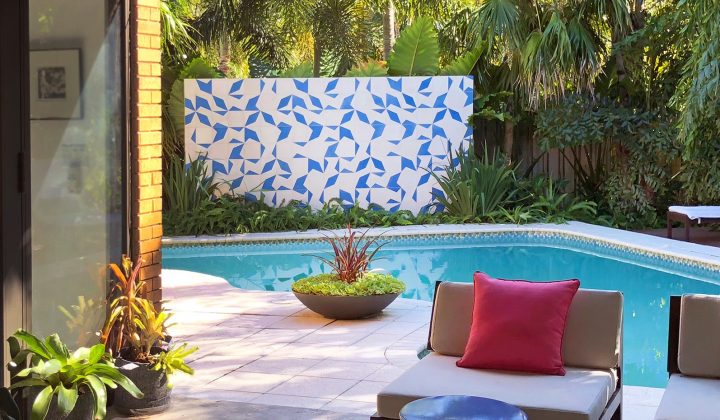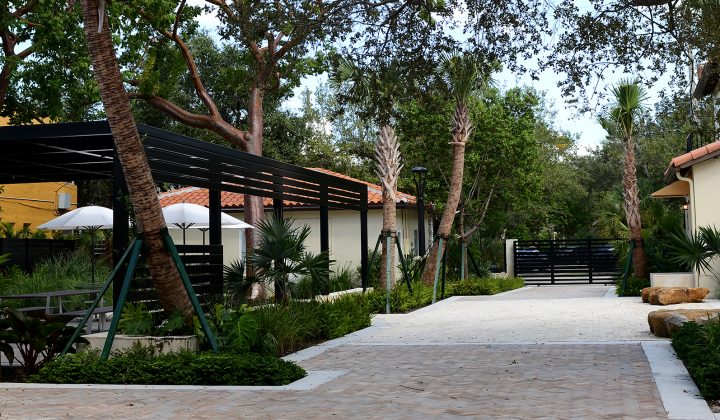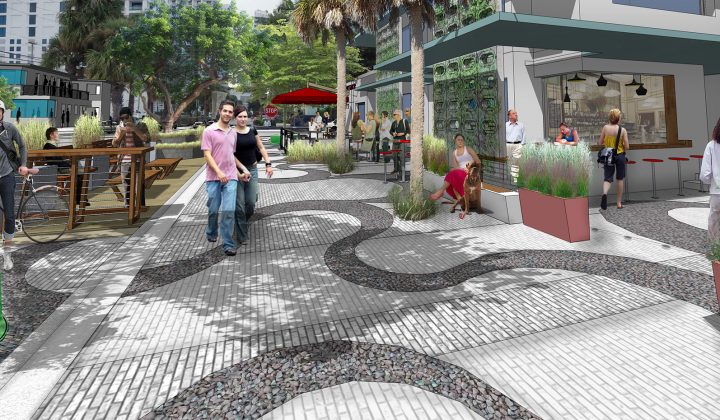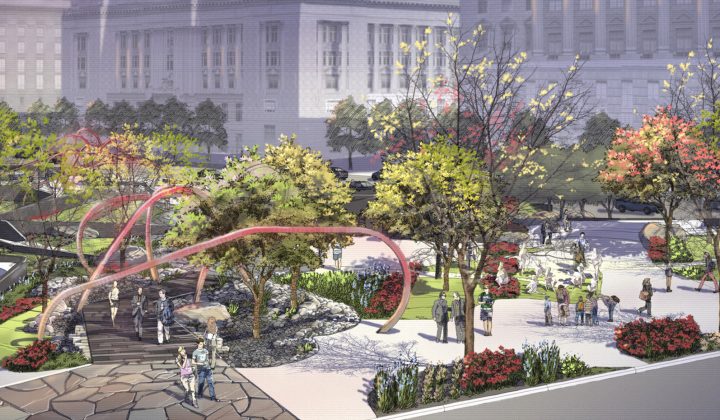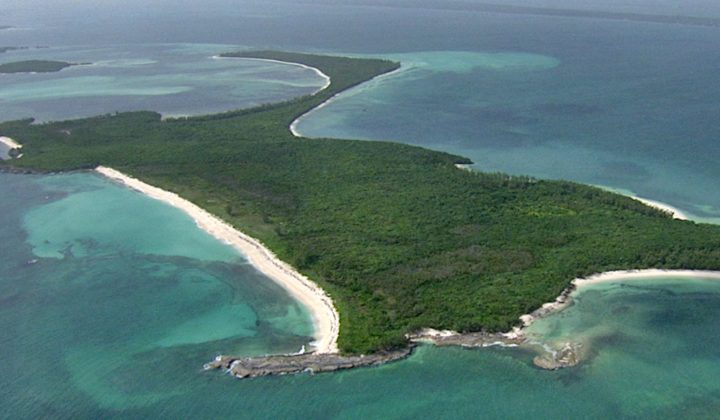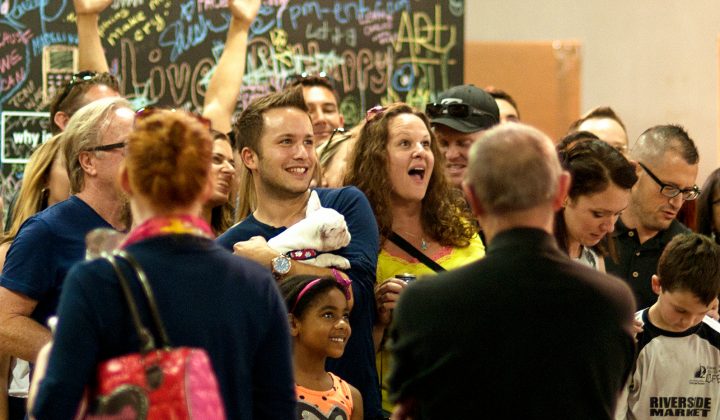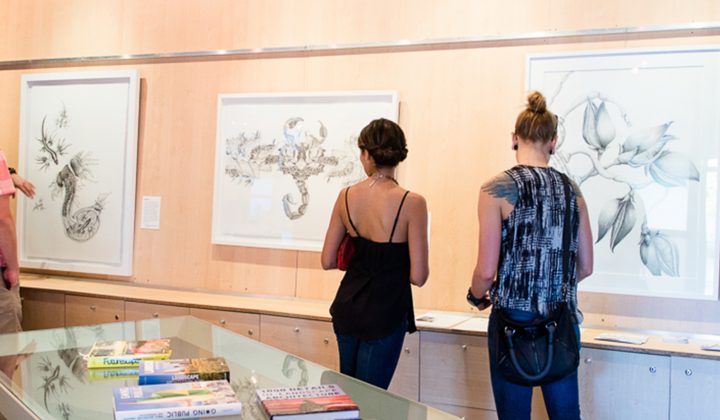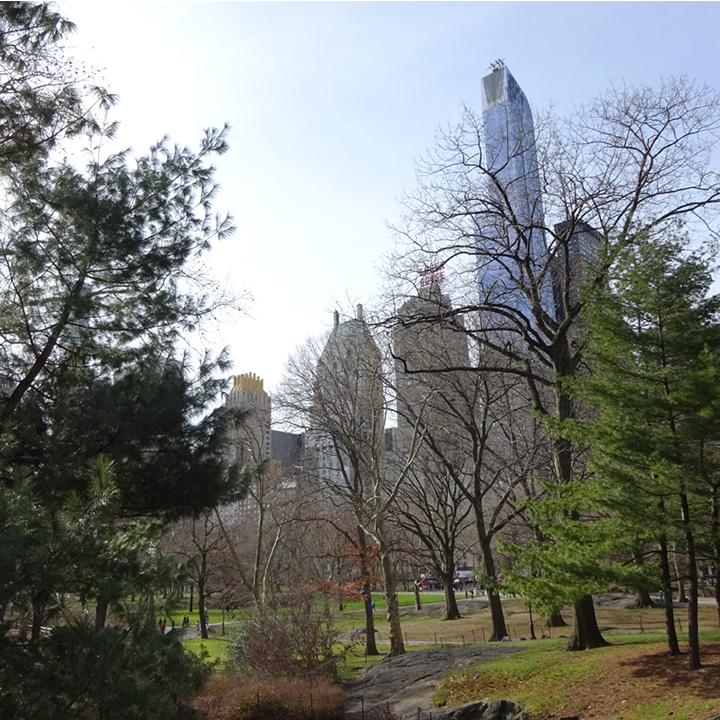
Destination: New York City Parks
A Designer’s Travel Journal
When thinking about New York City, the first images that come to mind typically pertain to skyscrapers, city lights, taxis and the Statue of Liberty, maybe even Central Park. In New York City, many of the over 1,900 city parks and squares fall to the background when the hustle and bustle of the streetscape takes center stage, yet they seamlessly fit within the urban fabric filling the in-between spaces. The Parks & Recreation Department of New York City understands the importance of providing public parks and squares to all of its citizens, regardless of age and income. This is illustrated by the diversity, amount and quality of the parks they provide. Therefore, finding an oasis of public green space is within a 10-minute walking distance of nearly anywhere in the city.

My desire to travel to the city stems from my architectural education, passion for design and work experience in the field of landscape architecture. New York City is the ultimate destination in the US to immerse myself in an urban landscape. Having only ever been to the city before during winter, I was finally able to explore a handful of parks in the boroughs of Manhattan and Brooklyn this spring. What I quickly discovered is that the spirit of New York City is most accurately captured along the sidewalks, streets and parks where all kinds of people are passing, interacting and reacting to each others presence. It is a phenomenal sight to witness while picnicking in Washington Square Park midday or when taking in the view of the Flatiron Building from a bench along Broadway at Madison Square Park.
To escape the cars and taxis, I found refuge on the High Line Park soaring 30 feet above the pavement with an uninhibited 1.45 mile pathway weaving between the urban fabric. The beautifully designed linear park keeps one close to the action on the street with multiple overlooks and viewing platforms throughout for people watching and resting. Battery Park was another haven of relaxation, located along the Bay of New York, it is perfect for taking in views of the Statue of Liberty and the downtown high-rises, where the sounds of water and boats overpower that of the cars.
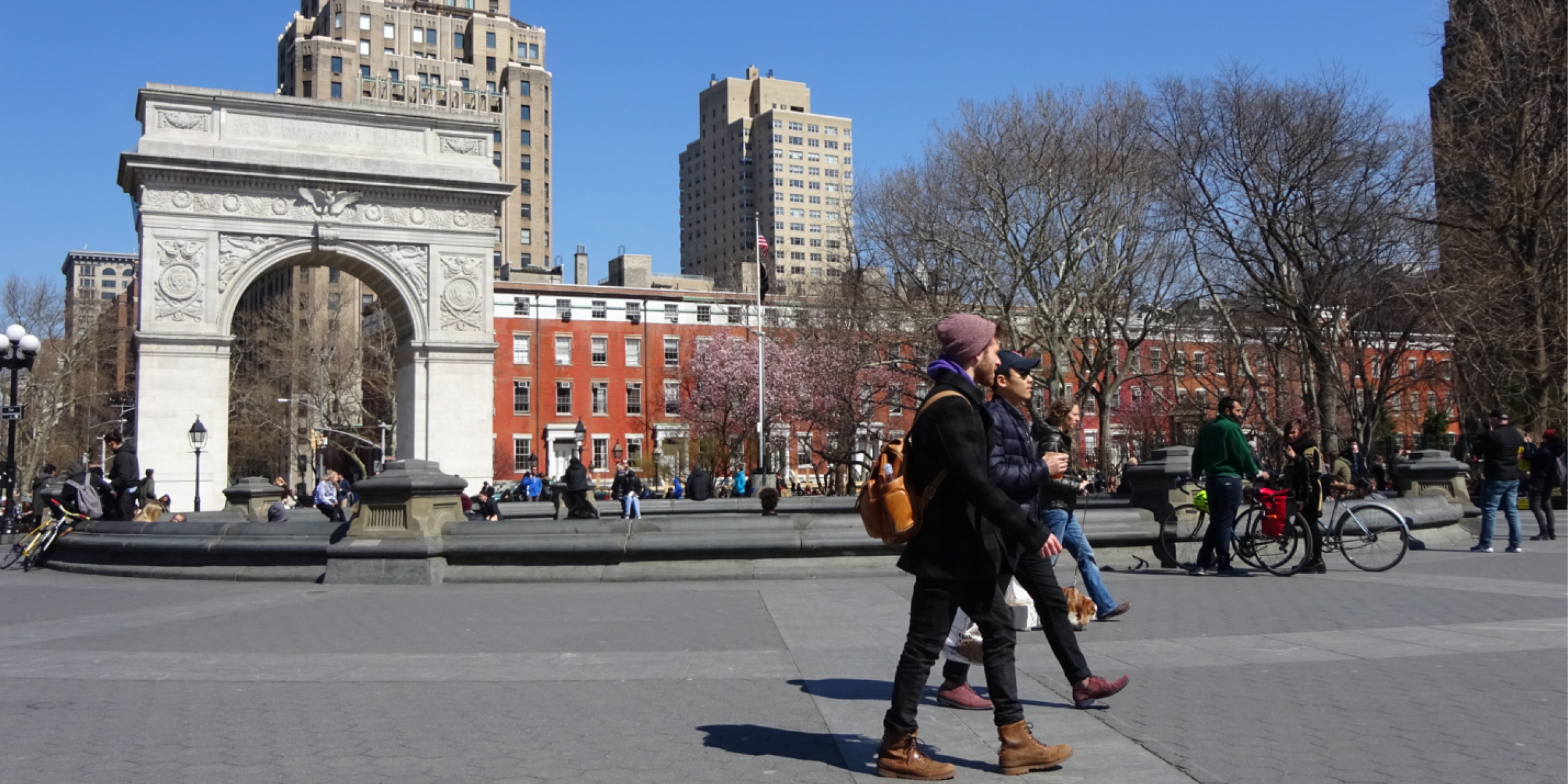

However, when all the glass, steel and concrete became to overwhelming, the best parks I got to escape to were Central Park and Prospect Park. Both designed by the ‘Father of Landscape Architecture’, Fredrick Law Olmsted, they combine formal and naturalistic elements, while incorporating architectural features. In the heart of them, the cacophony of urban sounds are muffled or non-existent. The seemingly wild appearance, extensive vegetation and expanse of spaces in the park allowed for grand exploration.
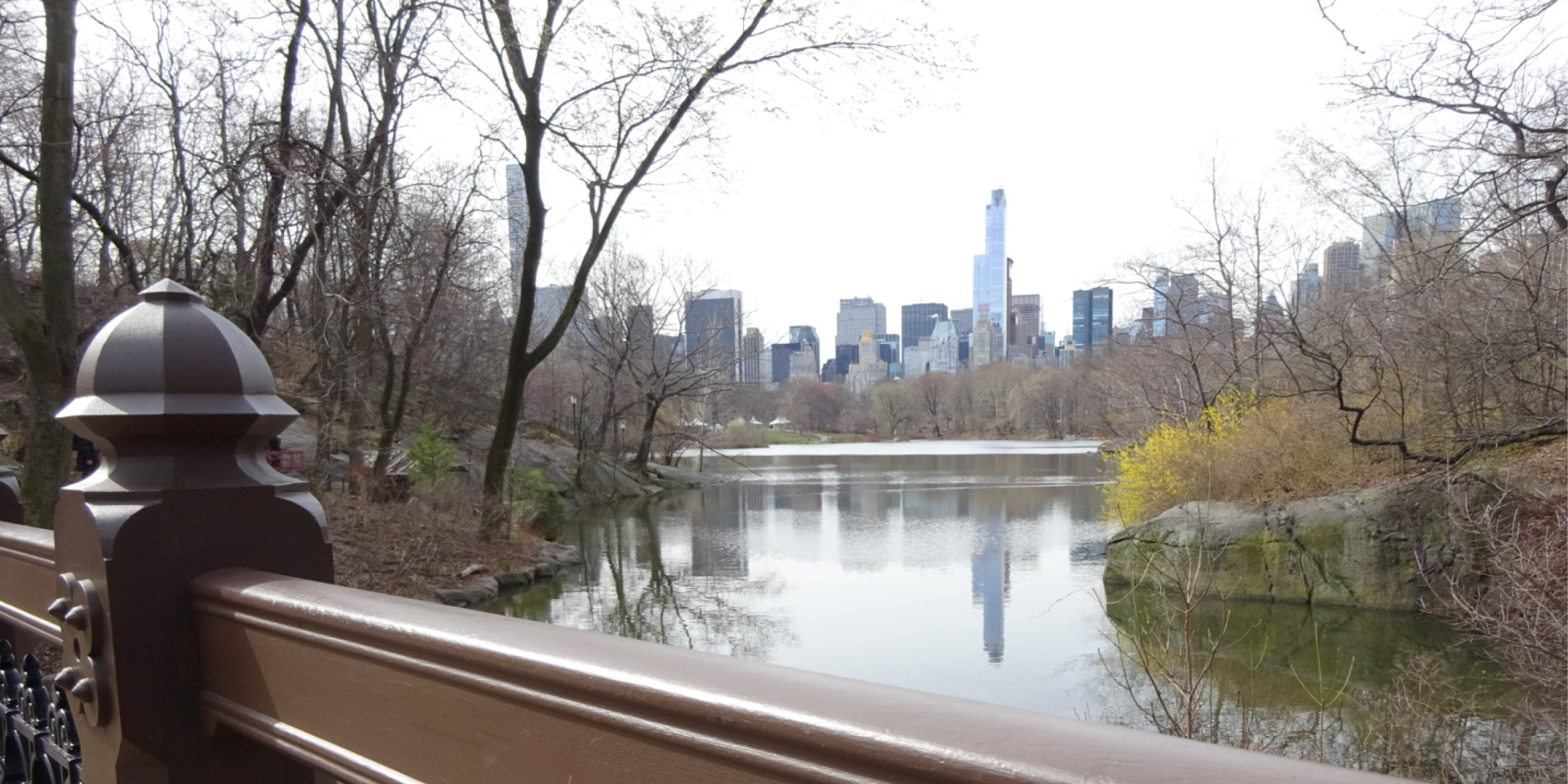
These six parks that I chose to explore were a few of the many green spaces and parks that I passed throughout the city. Each of them having specific characteristics, purpose and impact on the communities they serve on different scales. With all the of activity I observed in the parks, it is undeniable that positive aspects outweigh the negatives. These cherished, community spaces promote social interactions, provide opportunities of physical activity and other programs, whether a pocket park or large park hundreds of acres in size.
Wherever there is a thriving urban landscape, there are thriving urban public places and green spaces to be found. All cities are different and unique due to many different factors, so the next time you travel somewhere new or perhaps even in the city where you live, go explore some parks to gain a different perspective. More often than not, you might be surprised at what you may find, see or even feel. Parks are complex elements that breath life into people’s individual lives, whole communities and entire cities.


